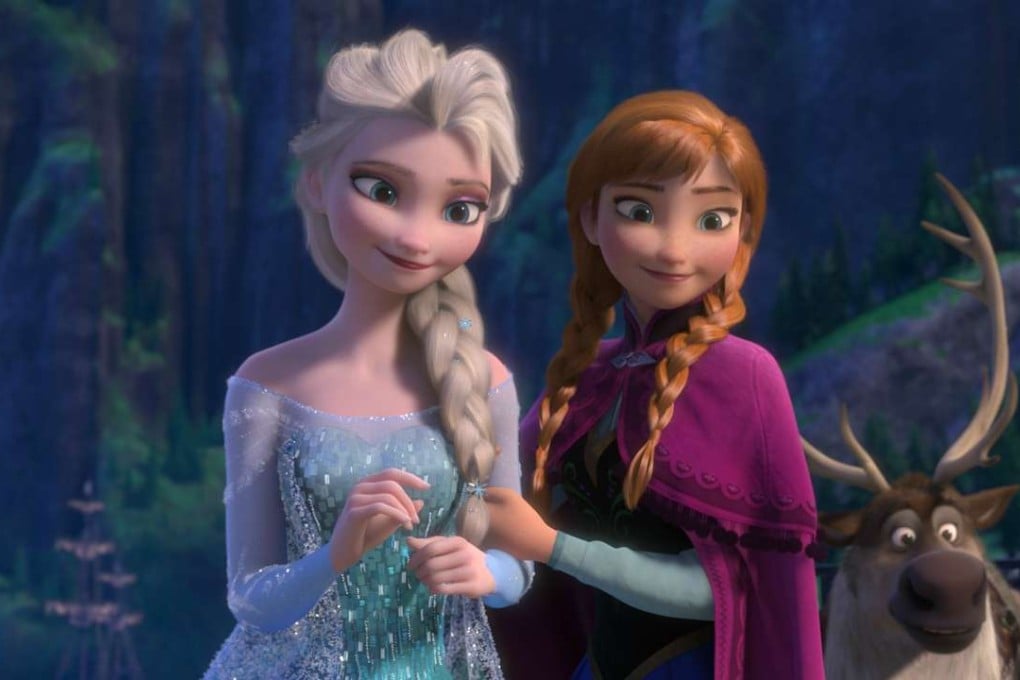Girls embrace frills, but what effect do Disney princesses have on little boys?
A study shows the Disney princess culture encourages more stereotypically female behaviour in both boys and girls, with girls wanting to play dress-up and boys becoming more helpful with classmates

She has huge eyes, a tiny waist, high cheekbones and fancy dresses. She’s everywhere. And she could influence the way your child grows up.
She is, of course, the Disney princess.
Why do men do most of the talking in Disney’s recent princess films?
A new study sought to understand how this sparkly ubiquity shapes preschoolers’ attitudes about gender roles and body image. Researchers discovered that it has strong effects not only on girls but also boys. Heavy exposure to Disney princess culture correlated with more stereotypically female behaviour in both sexes a year later. Although that created potentially problematic behaviour in girls – relegating them to playing with toys in the “girl aisle” – it had a moderating effect on boys, such as making them more helpful with classmates.

The study of nearly 200 children found nearly all of them knew about Disney princesses: 96 per cent of girls and 87 per cent of boys had consumed some form of media focused on princesses. Gender differences opened wide, though, when it came to who actually played with the toys. Sixty-one per cent of the girls interacted with the merchandise once per week, compared with 4 per cent of the boys.
Sarah Coyne, an associate professor of family life at Brigham Young University, asked parents and teachers to report over a one-year period how often a child engaged with princess-related goods. She also wanted to record what types of toys the children preferred (dolls, teacups, tool sets, action figures), how they treated others and how they felt about their bodies.
